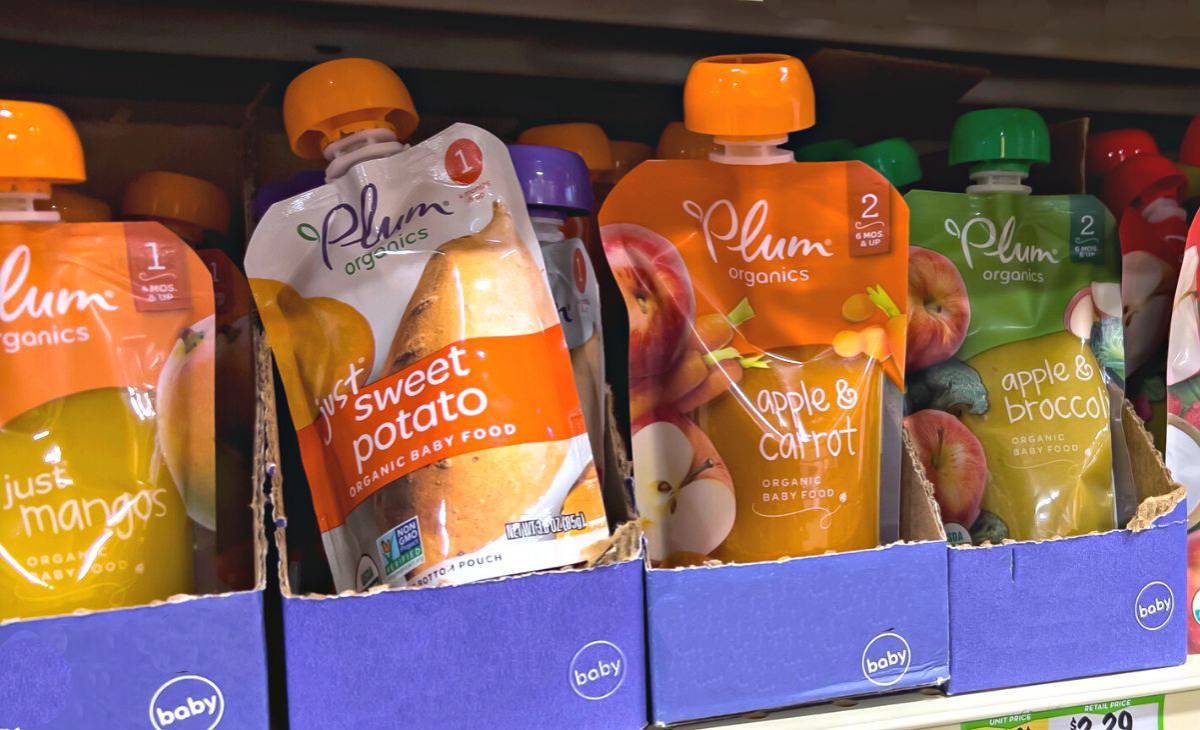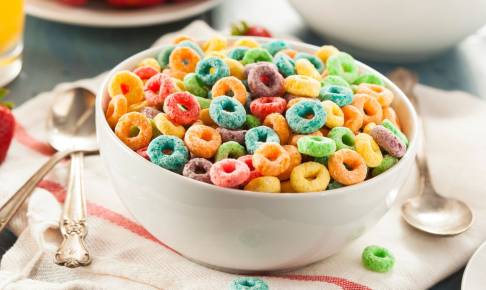Hazardous chemicals in baby food pouches, study reveals
The safety of plastic baby food pouches is under scrutiny, following a study that detected harmful chemicals in these products. Researchers from the University of Queensland, Australia, tested 79 multilayer plastic baby food pouches bought from major Australian retailers, and their findings paint a troubling picture.
The study, published in the scientific journal Chemosphere, discovered the presence of bisphenols and phthalic acid diesters (PAEs) and a variety of other chemicals, including non-intentionally added substances (NIAS). Bisphenols and PAEs are known for their endocrine-disrupting abilities, which can have detrimental effects on human health.
The methodology for testing chemical migration used by the researchers followed the design of previous studies using four types of selected simulants according to the European Committee Regulation No. 10/2011 method.
Four types of bisphenols were detected in the samples, with bisphenol A (BPA) being the most frequently found, appearing in 33% of the tested pouches. The other three bisphenols - bisphenol S (BPS), bisphenol F (BPF), and bisphenol AF (BPAF) - were detected in less than 10% of the samples.
In terms of PAEs, five types were detected, with di-methyl phthalate (DMP) being the most common, appearing in 43% of samples. Importantly, the study highlighted that BPA and three of the detected PAEs are not permitted for use in baby food packaging according to European regulation, yet they emerged in some tested samples.
The researchers also identified 26 additional chemicals, including 23 NIAS. Three of these NIAS were identified for the first time in baby food packaging, and two were detected for the first time in any baby food-related products.
A particular cause for alarm was the finding that one of the NIAS, adipic acid-diethylene glycol (AA-DEG), exceeded the threshold of toxicological concern (TTC) in 40% of the tested products. The TTC is a measure established based on the Cramer classification to determine safe exposure levels to chemicals.
The study's findings highlight the urgent need for a more comprehensive understanding of human exposure to NIAS through food packaging, particularly for infants. This would also help to enhance NIAS consideration in regulations related to plastic food contact materials.
Source:






















